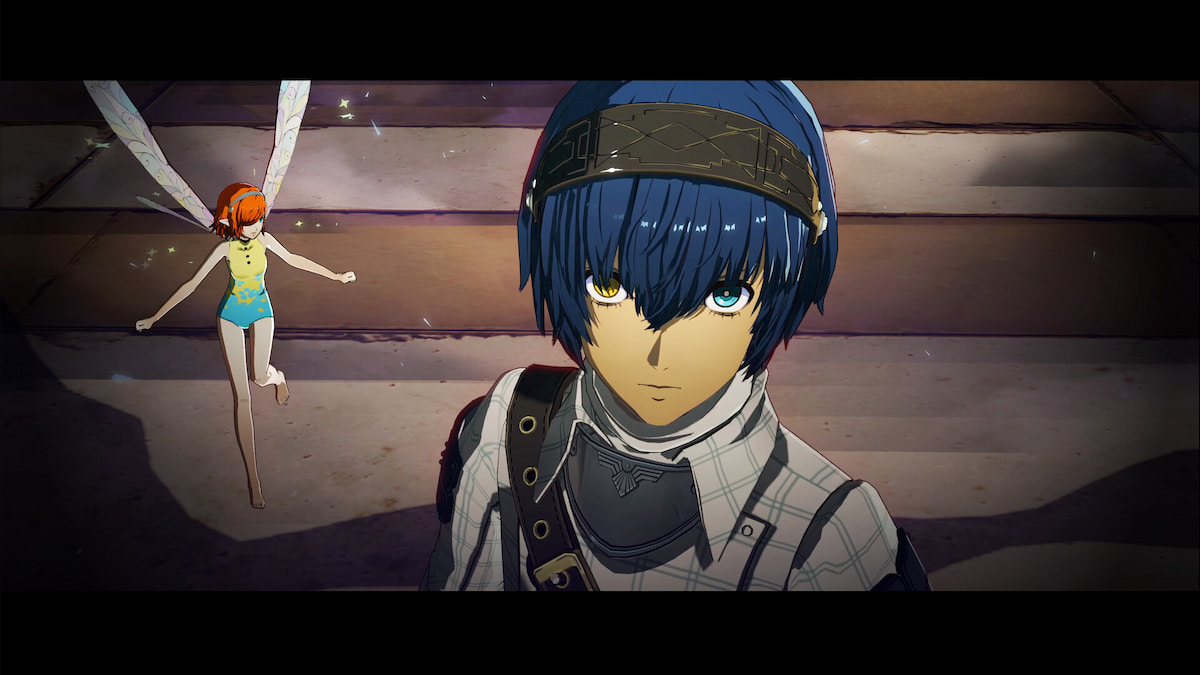Dave Williams and Ed Stark of Red 5 Studios hosted this question/answer session. Both have come recently to the computer world after many years in the tabletop gaming industry and had fascinating insights that they brought over from that side. Dave Williams (unless I flipped the names) has the majority of his background in CCGs with his most notable being the Legend of Five Rings while Ed Stark has done mostly RPGs including recent D&D rules expansions and being consulted for computer games from Baldur’s Gate to Neverwinter Nights. Red 5 is, apparently, designing a heretofore unannounced MMO for which they can’t disclose the name or even when they will be able to.
Their major theme was the two facets that MMOs offer that no other games can: persistency and community. Video games in general, and MMOs in particular, are very young (in their infancy even) and designers are still learning what they can and cannot do. Nevertheless, assumptions are already forming and have the tendency to stick game designs into a rut. Where computer games are now is similar to where tabletop games were in the 60’s and 70’s, though there are very distinct differences. For example, your average paper RPG has a ten member design team while most MMOs exceed one hundred.
The first step in world design is to 1) Know what you’re trying to make and 2) know who you’re making it for. Tabletop board games are set in a “sandbox” which you can’t leave while single player RPGs are a place for a story to exist and for a player to move in that story. What an MMO is, they didn’t say. But one thing all games aren’t is a story telling vehicle. If you want to tell a story, write a book or make a movie. Games give players the opportunity to build their own stories (which leads into the community aspect of MMOs, because players also like to tell their own stories to each other).
Current MMOs seem to have a fear of letting players take control. They tend to be linear rather than otherwise. This leads back to the 60’s-70’s model of tabletop games. For such classic board games, you set out the board, play your game, and clean it up when you’ve finished. And nothing has changed. Pen-and-paper RPGs burst this concept wide open because players have growth. Actions that players make matter in the game and have long term, persistent effects. Players feel that the time they invest is worthwhile. It would follow that MMOs should be in this model as well, but they are more akin to old tabletop games. For example, a player rescues a princess from a tower. As he gets to the base, he looks up and she’s up there again.
Along with persistence, community is the second foundation of MMOs. Community is run predominantly through guild structures. These are almost entirely self run with almost no designer controls, and yet the possibilities have still just begun to scratch the surface. For MMOs the primary reason someone begins to play a game is because their friends are. Likewise, the primary reason people leave games is because their friends have.
The next step in MMOs is to allow players to be able to create content, but without the DMs of old RPGs. They need to not only create, but be able to effect their world in a non-ephemeral way. Ultimately, games are about creating and not solving. But this act must be to create opportunities, not distractions. They cited EVE as the closest to this for active games. In EVE, the community conflict IS the game. It still has shortcomings though, because players have to search to “find the fun.”
Of course, in any player made / affected content, the jerk factor comes into play. There are always those who enjoy destroying content for others rather than being useful. In any player made scenarios, the system must be self correcting through the use of incentives and the ease or difficulty of actions. Players, they said, do what they are incentivized to do. This means that if there is a fun way to progress or a dreary boring way and the boring way is 10% faster, players will choose it rather than the slower fun method. Its not their fault, it’s the designers. Nor is it the job of players to figure out what designers want them to do.
They also looked at some games in the industry. Both enjoy World of Warcraft but said it is a completely linear game with no persistent aspects. It is essentially a single player highly polished RPG that is played simultaneously with other gamers. Spore, they said, is more a “Toy” than a “Game.” Toys are fun, but to be a game they must have a goal, or at least a path of progression. They also mentioned Warhammer which appears to be scratching the surface of true persistency in allowing the conquest of world zones.
In looking at what players can affect, you can’t give them total control or it will be chaos. They said what must be changeable is what is important. The less important aspects can be static. Also the degree of permenancy should be relative to the number of people required and the time and effort involved. A single player spending a few hours one evening won’t make much of a lasting effect, but a hundred players working in concert should be able to make a long term impact on a world and a whole server acting in conjunction should be able to cause permanent change.




